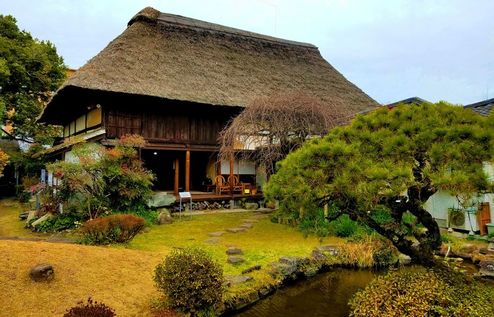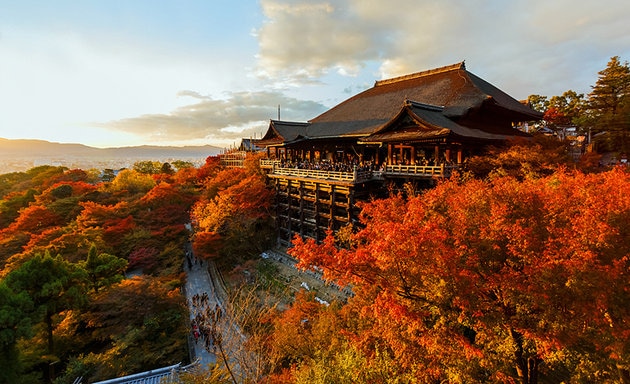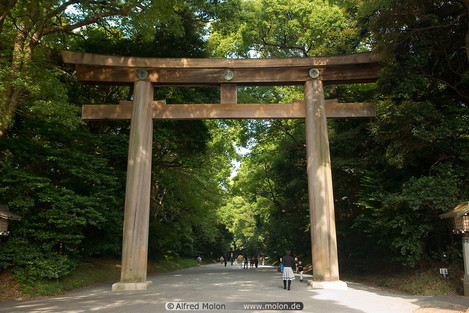We made three major stops while we were there: Eikokuji, Aoi Aso Jinja, and Bukekura.
Eikoku-ji
Address: 5 Dotemachi, Hitoyoshi, Kumamoto Prefecture, 〒868-0057
All information from this temple was obtained from a blog post on Nihon Fan by Tony Mariani. Please check out their original post here:
https://nihonehime.blogspot.com/2013/10/eikokuji-temple-hitoyoshi-kumamoto.html
Eikoku-ji is a temple of the Soto sect of Zen Buddhism and is a direct branch of the Daihonzan Sojiji temple in Yokohama City. The temple was established in 1408 by the 9th Daimyo of the Sagara clan, Daimyo Sakitsugu. The principle Buddhist images enshrined at the temple are the Shakyamuni Buddha, the Monju Bosatsu and the Fugen Bosatsu.
Eikoku-ji is most famous for a scroll painting of a ghost that hangs inside the main temple purportedly painted by the founder. The story behind the painting is quite interesting. When the temple was built, there was a well know samurai in a neighboring town who had a jealous mistress. In fact, she was so jealous of his wife, that she threw herself into the Kumagawa River and died. In Japanese mythology, it's very common for jealous or resentful women who die unnatural deaths to return to our world and haunt the living as a ghost or a demon. And so this jealous mistress returned as a ghost and haunted the wife until she was almost driven mad. The wife fled to Eikoku-ji to seek the powers of the temple founder, Jittei Osho. The priest then spoke to the ghost on the tenants of Buddhism, and the jealous ghost was thereafter shocked and appalled by her own appearance. She begged Osho to pray for her and to help her become a Buddha so that she might escape her wretched form. And so he prayed for her and she disappeared, never to haunt the wife again.
Because of this story, the temple is sometimes called Yurei Dera, or Ghost Temple.




 RSS Feed
RSS Feed
